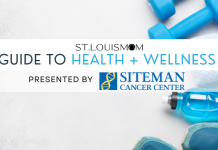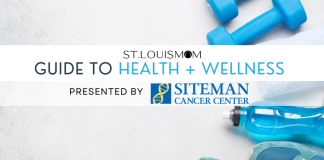Did you know that there are currently 1 million children in the United States living with congenital heart disease? Or that 1 in every 100 babies is born with a CHD, and 25% will need open heart surgery or other procedures in their first year of life?
My daughter, Stella, was diagnosed with a severe CHD called Hypoplastic Left Heart Syndrome when I was 20 weeks pregnant. At the time, I had absolutely no idea what that meant and needed the cardiologist to draw me a picture of how many chambers a healthy heart should have versus what my daughter’s heart would look like. The last thing she said to me before I left her office was, “do not Google this.”
On my drive home, I called my husband, numb, and told him what to Google. I heard him take a sharp breath, and then he said, “yeah, this is bad.”
In the following weeks, we learned that our unborn child would need three open heart surgeries in the first few years of her life, would likely need a feeding tube, experience developmental delays, and would have a 65% chance of making it to her first birthday. Needless to say, we were devastated. At the time I had one-year-old twins at home, and every day was an emotional roller coaster. I didn’t know if I should buy a third crib or car seat, worried I would bring a child into the world that would never come home with me.
Stella Ann Stacy was born on December 15, 2015. She underwent her first open heart surgery at two days old, and before that surgery was so unstable that I was only allowed to hold her twice for a couple of minutes each time. While most newborns are barely put down the first few weeks of their life, my daughter was only held a few short minutes. Post-surgery, her chest cavity was left open for five days, and she remained sedated and on a ventilator for 12 days. I was barely allowed to touch her without risking a medical complication or infection. All I think about, still today, is that she spent the first two weeks of her life with people looking down on her, crying, sad, worried, and unable to properly love her.
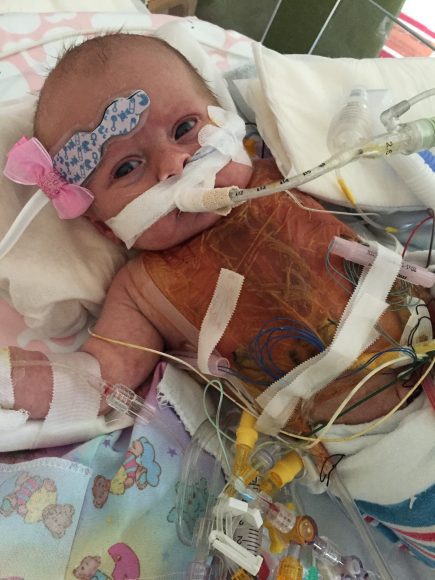
After a month inpatient, we brought Stella home, but she was 100% feeding tube dependent. I quickly normalized pumping and pushing breast milk through a tube into her stomach because she had an oral aversion and would never take a bottle. Her oxygen saturation averaged around 75-80%, and she was incredibly unstable. We checked her weight, temperature, and oxygen levels daily and our lives revolved around doctors’ appointments, trips to the ER, and readmissions.
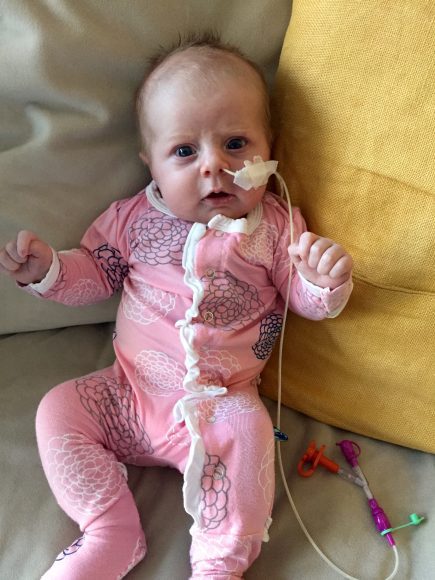
At four months, we took Stella back for a second open heart surgery to help stabilize her heart, and after that, juggled mountains of PT, OT, speech, and dietician appointments. Stella remained on a feeding tube until she was 16 months old and bounced in and out of the hospital often.
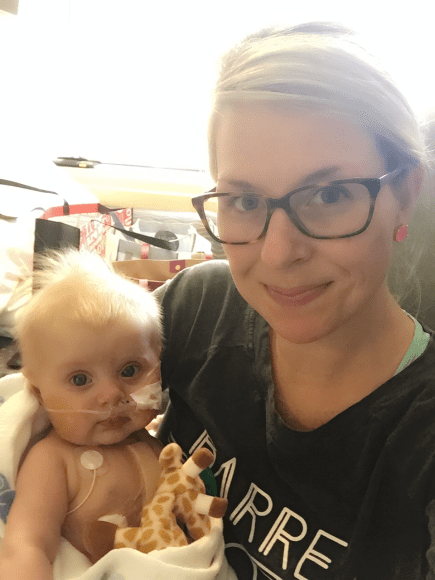
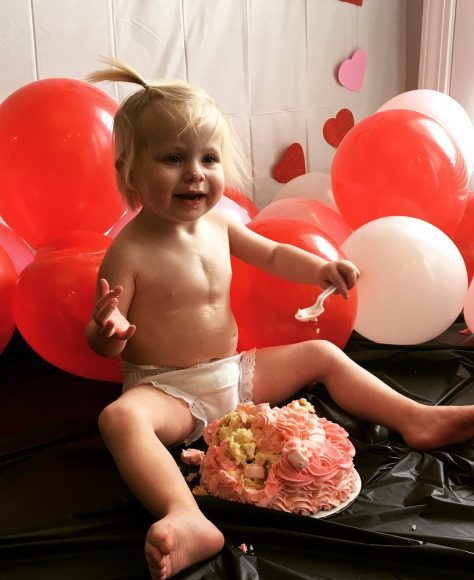
Right after we celebrated her 3rd birthday, we went back to St. Louis Children’s Hospital for Stella’s 3rd open heart surgery. As any parent of a 3-year-old can imagine, this was the absolute worst and lowest moment in our journey as we had become attached to our bubbly, beautiful, blonde little heart warrior. The idea that we would need to hand her over for yet another major surgery where her chest would be cracked open, her heart and lungs hooked up to a machine, and she would wake up in pain, unable to move or understand what was happening to her was beyond comprehension. I wanted to run away with her. I became bitter and closed off. I began to hate parents who complained on social media about their kid’s ear infections and eventually had to turn off social media altogether.
Thankfully, Stella’s third surgery was successful, and since then she has remained “stable.” But like all children born with a CHD, her heart will never be “fixed.” There is no bell to ring on the floor of the Heart Center, no remission or cure. Her surgeon was able to reconstruct her heart to mimic what a heart with two working chambers does. She looks healthy and “normal,” but we have no guarantees and have been told countless times that we are likely to outlive her. If she survives into adulthood, it might not be safe for her to have children, and the most likely next step is that she will go into heart failure and need a transplant.
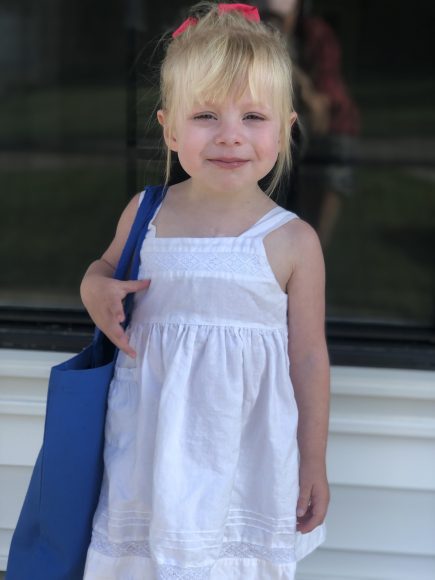
If you are still reading this – please know that we consider ourselves the lucky ones. Maybe that sounds crazy, and my therapist would say I’m equating my trauma to others. 🤦♀️ But I have met too many parents who have lost their children to this disease. I have seen families live in the hospital for over a year while waiting for a transplant. I have walked by hospital rooms where little babies lay alone all day and night because their parents don’t have the means or resources to visit. I have seen families financially devastated by medical bills, I have seen marriages crumble from the stress of raising a chronically ill child, and I have questioned over and over why there isn’t more awareness or funding for the leading cause of death in children (CHD) – more than every type of pediatric cancer combined.
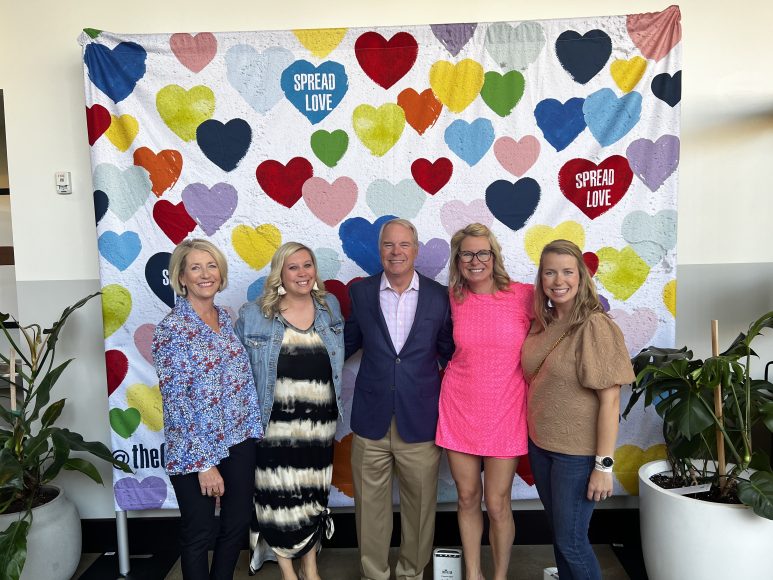
Today I serve as the Outreach and Community Partnership Manager at Ollie Hinkle Heart Foundation. Our mission is to address the unmet needs of heart families while transforming the future of pediatric heart care. I am fortunate to spend my days helping heart families who need financial assistance, peer-to-peer support, mental health support, or all the above. In St. Louis alone, we have three hospitals that care for pediatric cardiac patients and a LARGE community of heart families that need support. If you are interested in learning more about CHD or how you can educate your kids about the heart community, here are a few ways to get involved:
- February is Heart Month! Take a minute to sit down with your kiddos and tell them about their hearts and why it is important to stay heart-healthy!
- Many local schools participate in fundraisers for the American Heart Association to spread awareness about CPR techniques, and there are a lot of resources to share with your kids that aren’t scary but could save a life.
- https://www.youtube.com/watch?v=PdL-790D4mM&themeRefresh=1
- TOMORROW, February 3rd, is National Wear Red Day. Wear red in honor of all the brave heart warriors battling CHD like Stella! And in honor of all those who lost their battle but who we remember and celebrate every day.
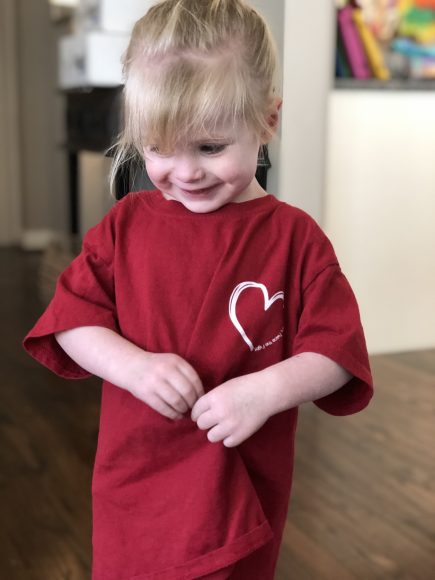
- Donate toys, food, blankets, or your time to a local children’s hospital.
- To learn more about the work we do at Ollie Hinkle Heart Foundation, please visit our website: www.theohhf.org




